15 Bugs You Want to Have in Your Garden
Have you ever wondered which bugs could be your garden’s best friends? While insects often get a bad rap, many play crucial roles in maintaining a healthy garden ecosystem. From pollinators to natural predators, beneficial bugs can help keep your garden flourishing while reducing the need for synthetic pesticides. Let’s look at 15 bugs you’ll definitely want to invite into your garden!
1. Ladybugs (Coccinellidae)
Ladybugs, also known as ladybird beetles, are renowned for their appetite for aphids, mites, and other small pests that can damage plants. One ladybug can consume up to 50 aphids a day, making them highly effective natural pest controllers. Their presence in your garden helps keep harmful insect populations in check. Additionally, ladybugs are harmless to plants and humans, making them a great ally for your garden’s health.

2. Praying Mantises (Mantidae)
Praying mantises are fascinating insects with a predatory nature. They are voracious eaters of a variety of garden pests, including flies, beetles, and even small rodents. Their distinctive “praying” posture and triangular heads make them easy to identify. Mantises can be beneficial in gardens, especially if you have a diverse range of insects you want to manage. They are, however, opportunistic hunters and might sometimes eat beneficial insects, so balance their presence according to your garden’s needs.

3. Lacewings (Chrysopidae)
Lacewings are delicate insects known for their green or brown bodies and transparent wings with intricate veining. Both the adult lacewings and their larvae are effective predators of aphids, mealybugs, and whiteflies. Lacewing larvae, also called “aphid lions,” have a voracious appetite and can help keep pest populations under control. Introducing lacewings to your garden can be a proactive step in maintaining a balanced pest management system.

4. Bees (Apidae)
Bees are indispensable pollinators that enhance the productivity of your garden by transferring pollen between flowers. This process helps with fruit and seed production. Different bee species, including honeybees and native bees, are essential for the pollination of various plants. By providing nectar-rich flowers and nesting sites, you can attract bees to your garden and enjoy the benefits of increased yields and healthier plants.

5. Butterflies (Lepidoptera)
Butterflies are not only beautiful but also play a role in pollination. As they flutter from flower to flower, they inadvertently transfer pollen, helping plants reproduce. Some common garden butterflies include the monarch, swallowtail, and painted lady. To attract butterflies, plant nectar-rich flowers like milkweed, coneflower, and lantana. Ensuring you have host plants for caterpillars will also support their life cycle, encouraging these beneficial insects to visit your garden.
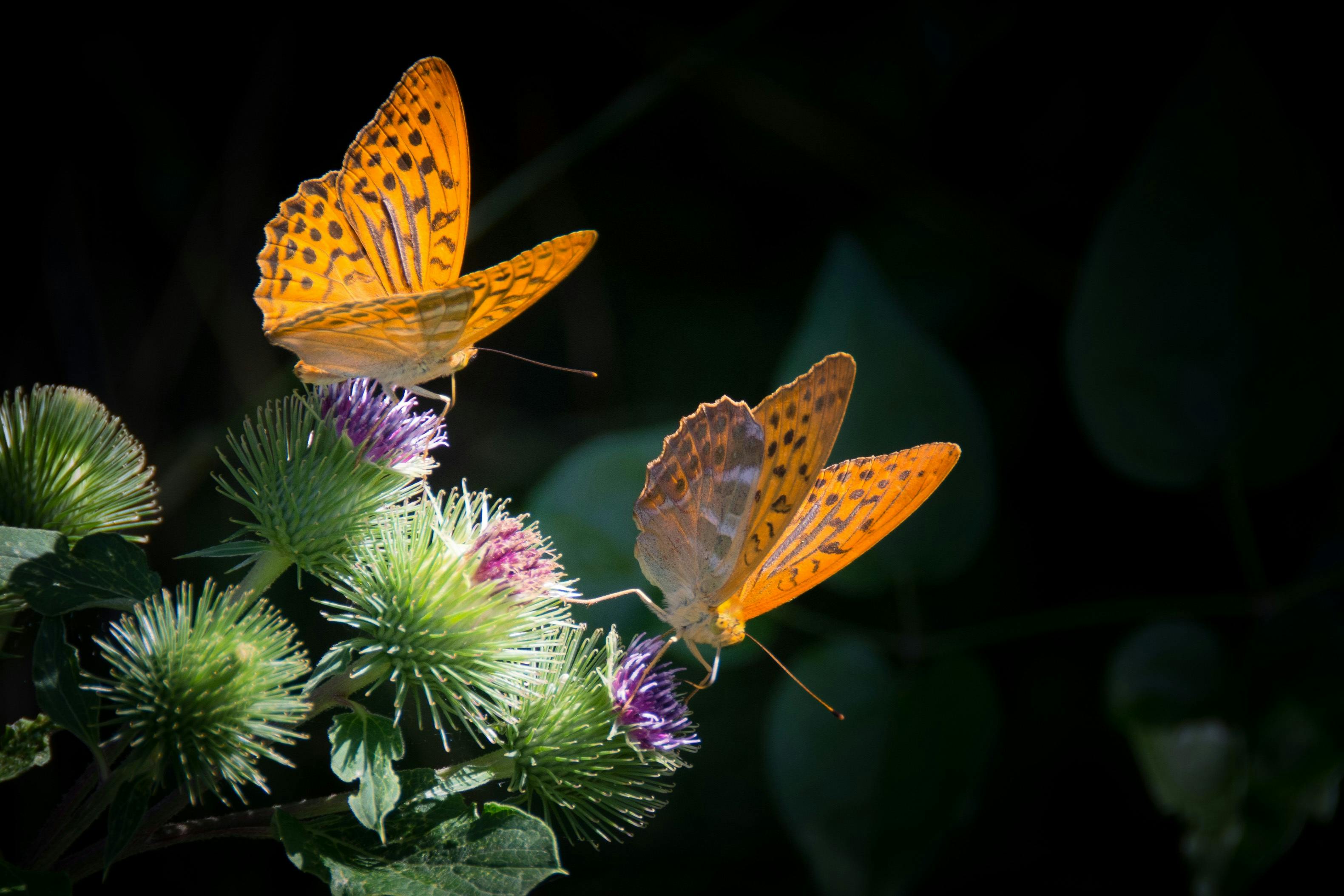
6. Hoverflies (Syrphidae)
Hoverflies, or syrphid flies, resemble small bees and are excellent pollinators. They are particularly effective at pollinating crops like tomatoes and cucumbers. Hoverfly larvae, often mistaken for tiny caterpillars, feed on aphids, thrips, and other small pests. By attracting hoverflies to your garden with flowering plants, you can benefit from their dual role as pollinators and natural pest controllers.

7. Spiders (Araneae)
Spiders are often overlooked but are highly effective garden predators. They trap and feed on a wide range of insects, including aphids, moths, and flies. By creating webs throughout your garden, spiders help control pest populations naturally. Spiders are generally harmless to humans and are a crucial part of the garden’s ecosystem. Encouraging a diverse spider population can help maintain a balanced and healthy garden.

8. Ground Beetles (Carabidae)
Ground beetles are predatory insects that inhabit the soil and hunt down pests like cutworms, slugs, and snails. They are active during the day and night, and their voracious appetite helps keep soil-dwelling pests in check. Ground beetles also contribute to soil health by aiding in the decomposition of organic matter. Adding organic mulch and providing shelter can help attract and sustain ground beetle populations in your garden.
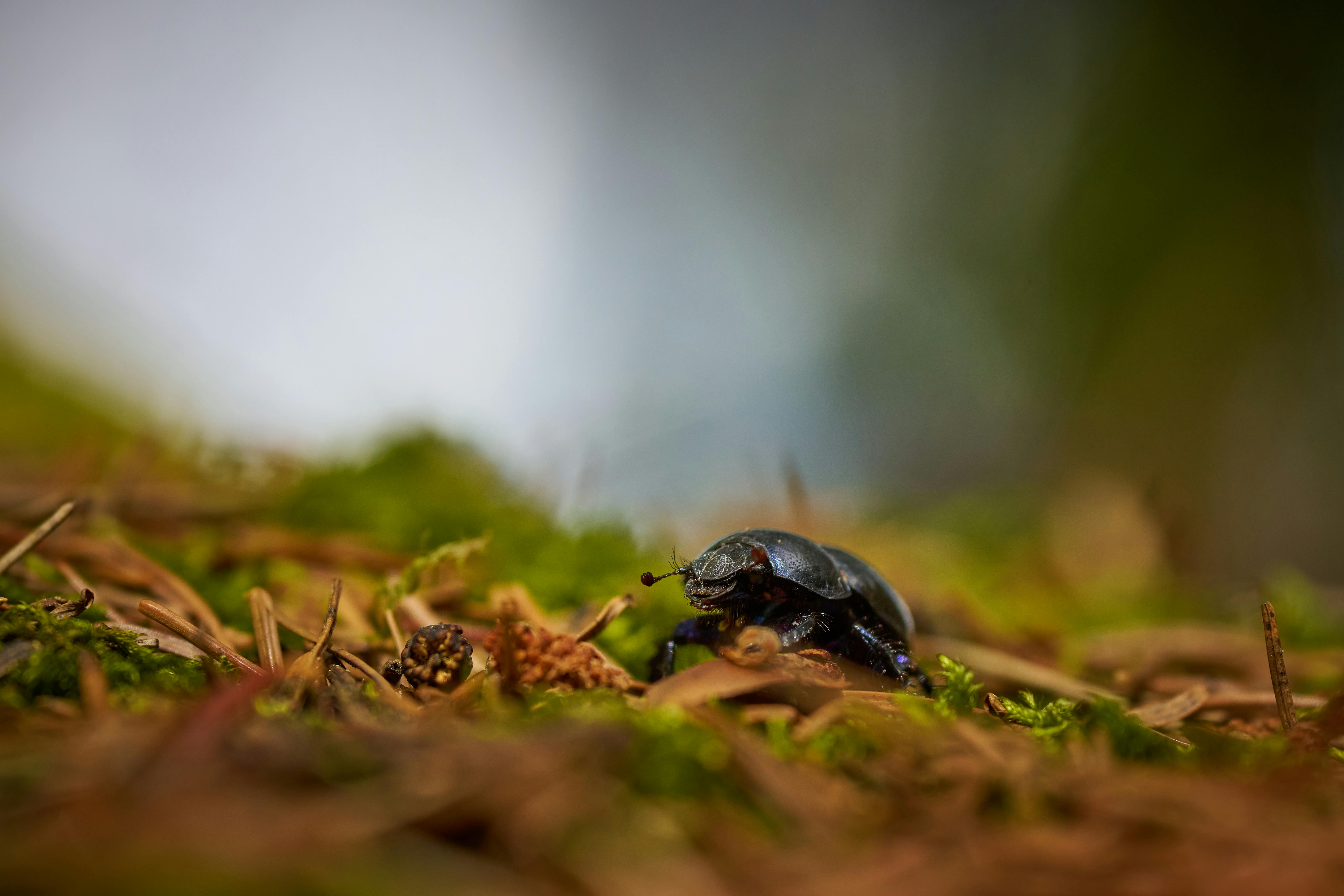
9. Soldier Beetles (Cantharidae)
Soldier beetles, recognizable by their bright colors and elongated bodies, are beneficial predators of aphids, caterpillars, and other soft-bodied pests. Their larvae feed on pests in the soil, while adults patrol plants, searching for prey. Soldier beetles are a great addition to gardens as they help manage pest populations and reduce the need for chemical interventions. Planting a variety of flowering plants can attract and support these beneficial beetles.
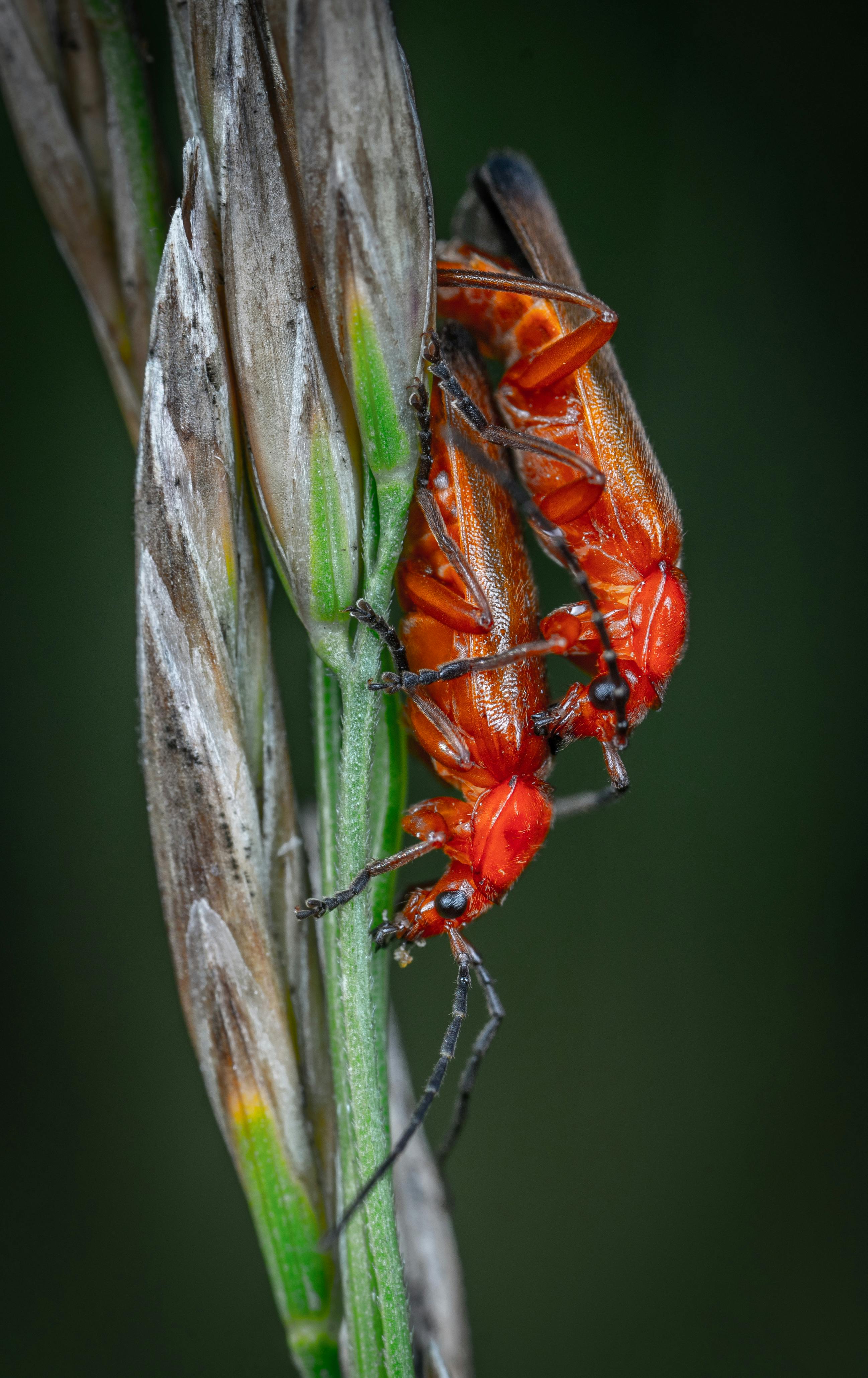
10. Predatory Mites (Phytoseiidae)
Predatory mites are tiny arachnids that feed on pest mites, including spider mites and broad mites. They are highly effective at managing mite populations, which can otherwise damage plants by feeding on their sap. By introducing predatory mites to your garden, you can create a natural balance and protect your plants from mite infestations. Providing a stable habitat with plenty of ground cover and diverse plantings can help maintain healthy predatory mite populations.

11. Parasitic Wasps (Various Families)
Parasitic wasps are tiny insects that lay their eggs inside or on other pests, such as aphids, whiteflies, and caterpillars. The developing larvae feed on the host, eventually killing it. These wasps are highly effective biological control agents and can help manage pest populations without harming plants or other beneficial insects. To attract parasitic wasps, provide a diverse garden environment with various flowering plants and minimal use of broad-spectrum pesticides.
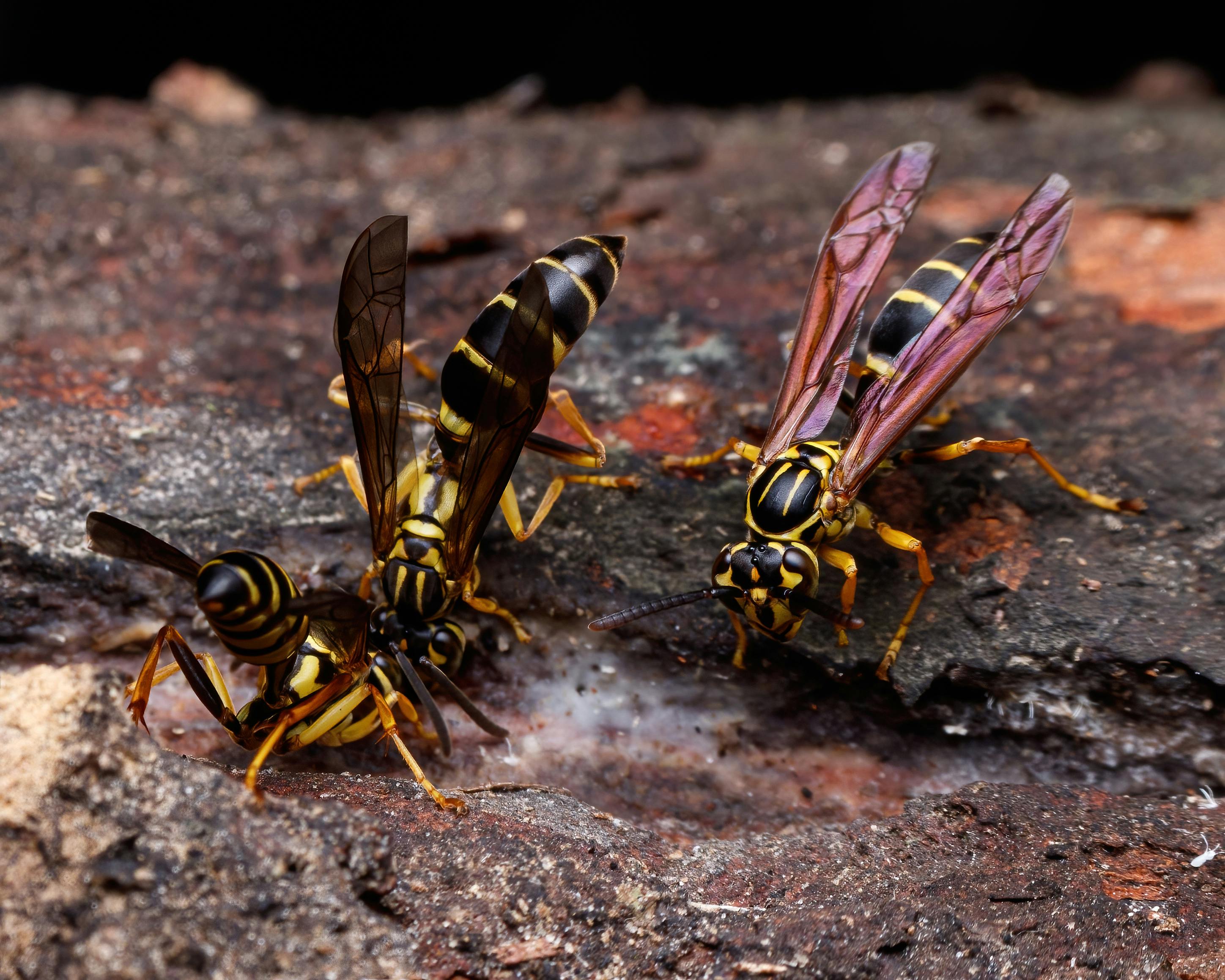
12. Beetles (Various Families)
Several beetle species contribute to a healthy garden ecosystem. For example, the rove beetle preys on aphids, mealybugs, and other pests. The ladybird beetle, as mentioned earlier, is another beneficial beetle that controls aphid populations. Beetles generally feed on pests throughout their life stages, making them valuable allies in pest management. Encouraging a habitat rich in plant diversity and organic matter can help attract and sustain beetle populations.

13. Springtails (Collembola)
Springtails are tiny, soil-dwelling insects that play a vital role in decomposing organic matter and improving soil health. They feed on decaying plant material and fungi, contributing to nutrient cycling and soil structure. While they do not directly prey on garden pests, their presence indicates a healthy soil ecosystem. To attract springtails, maintain a well-balanced garden with plenty of organic matter and avoid heavy use of pesticides that can disrupt soil health.
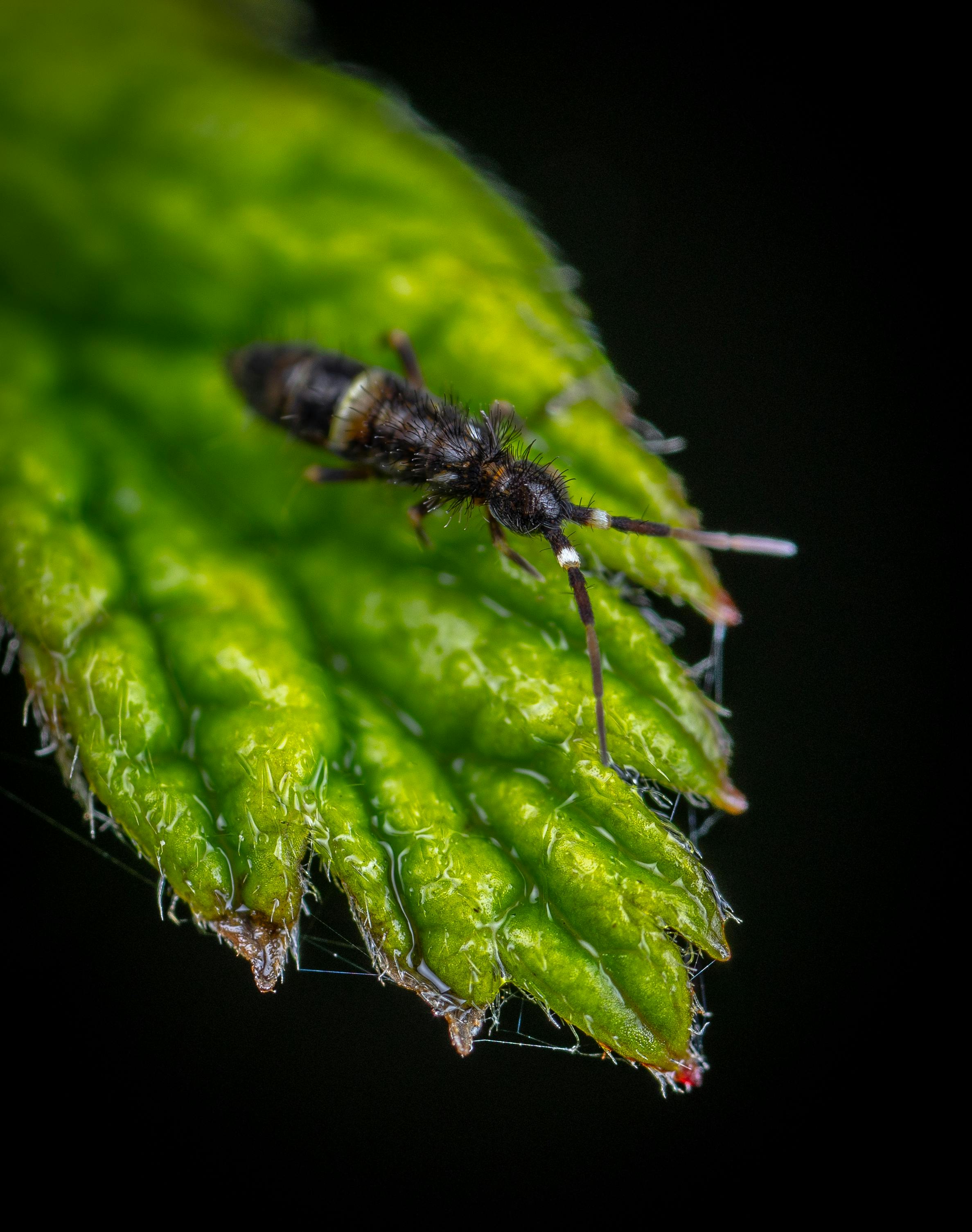
14. Ants (Formicidae)
Ants are often considered pests, but they play a beneficial role in the garden ecosystem. Many ant species help aerate the soil and can act as natural pest controllers by preying on small insects and insects’ eggs. Some ants also engage in mutualistic relationships with aphids, protecting them in exchange for honeydew, but managing ant populations can help keep them from becoming pests themselves. Promoting a balanced garden environment with diverse plantings can support beneficial ant species.

15. Flies (Various Families)
Certain types of flies, such as tachinid flies, are beneficial insects that act as natural predators or parasites of garden pests. Tachinid flies lay their eggs on or inside other insects, and the developing larvae feed on their hosts. These flies help control populations of pests like caterpillars and beetles. Providing a diverse range of flowering plants and avoiding broad-spectrum insecticides can help attract and support beneficial fly populations in your garden.
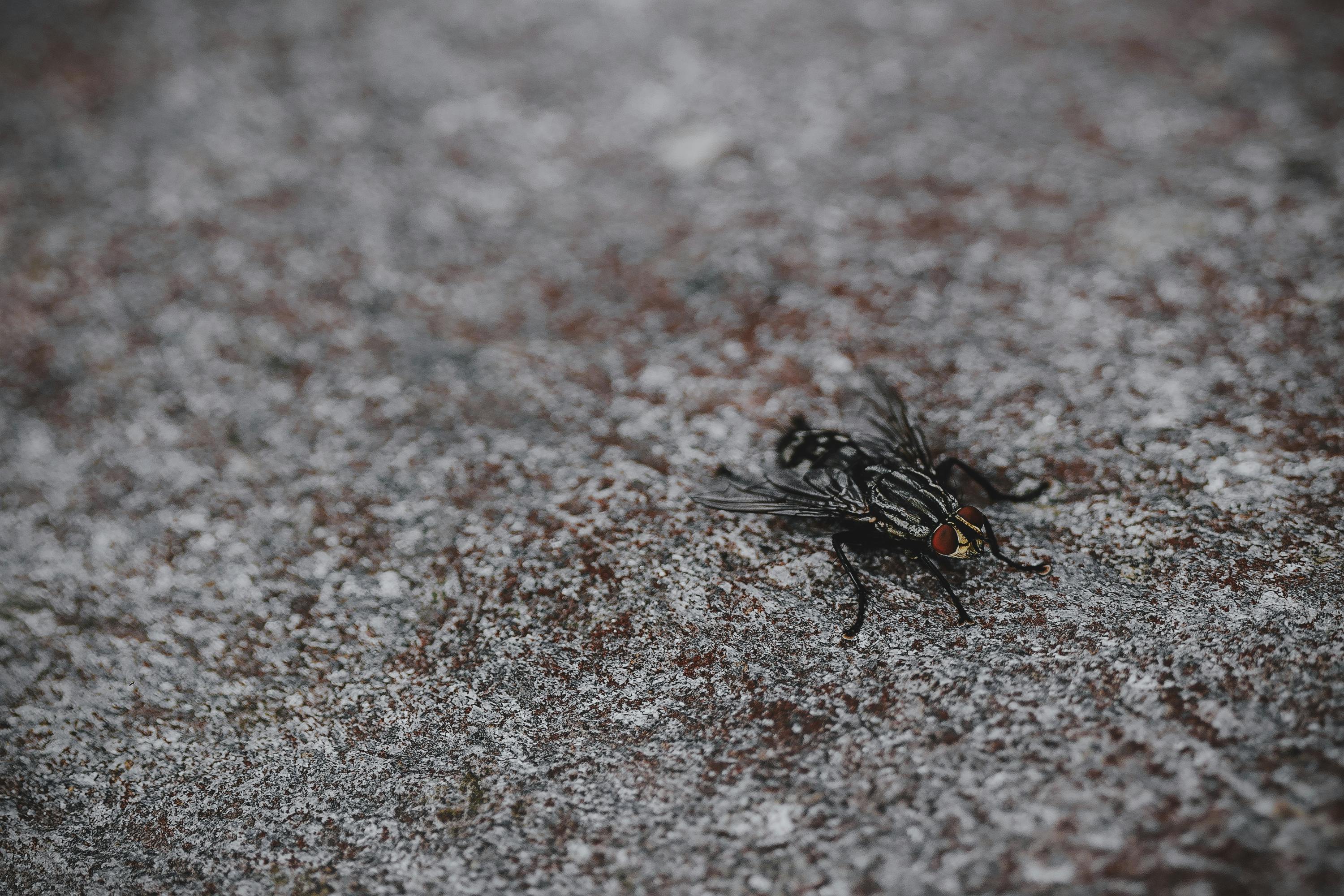
Incorporating beneficial bugs into your garden can enhance its health and productivity. These insects contribute to natural pest control, pollination, and soil health, reducing the need for synthetic chemicals and promoting a balanced ecosystem. By understanding the roles these bugs play and creating a welcoming environment for them, you can enjoy a thriving, vibrant garden with fewer pest problems and greater overall vitality. So next time you see a bug in your garden, remember that it might just be a tiny helper working to make your garden flourish.



